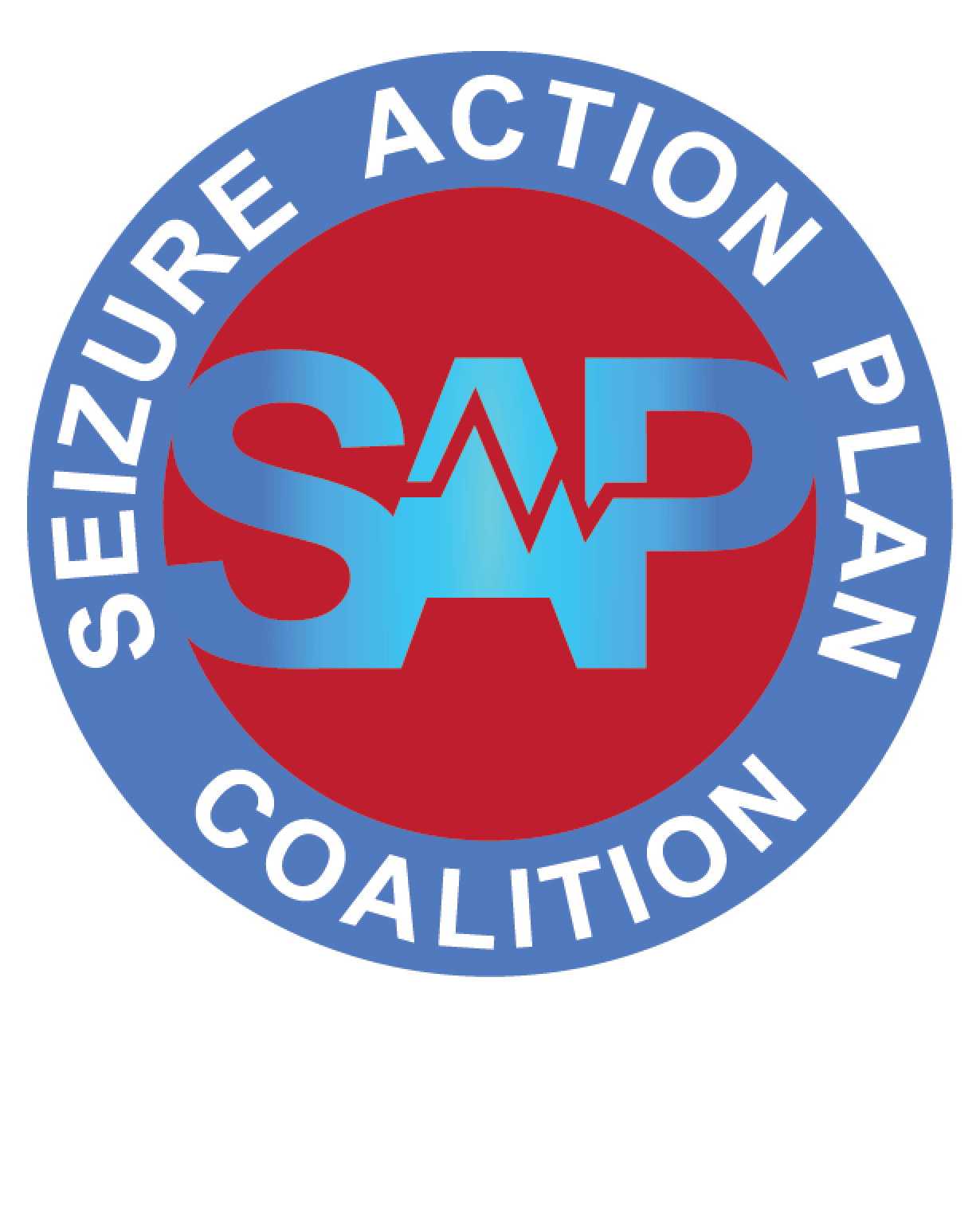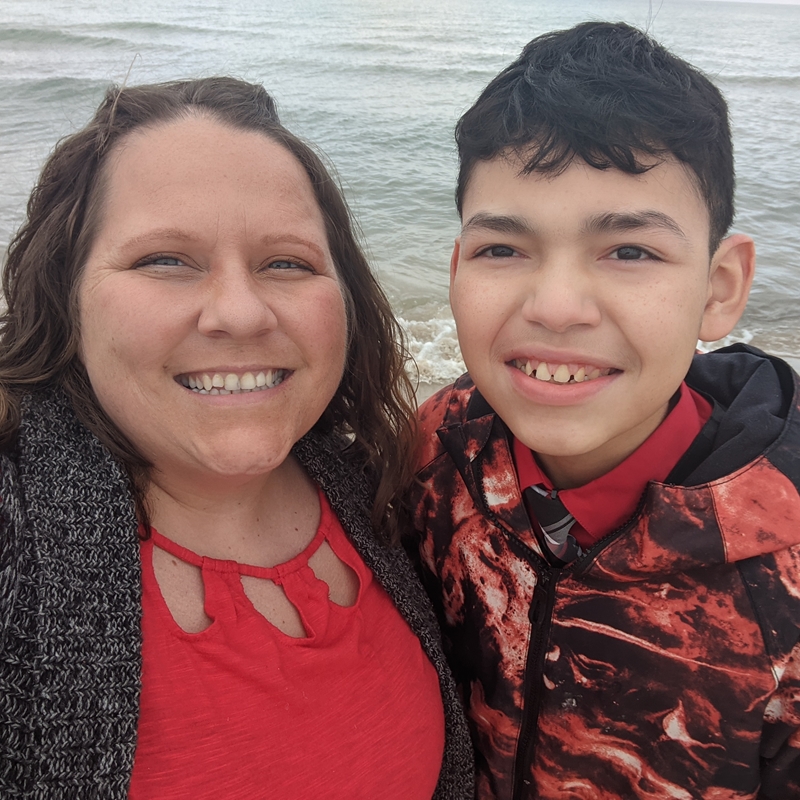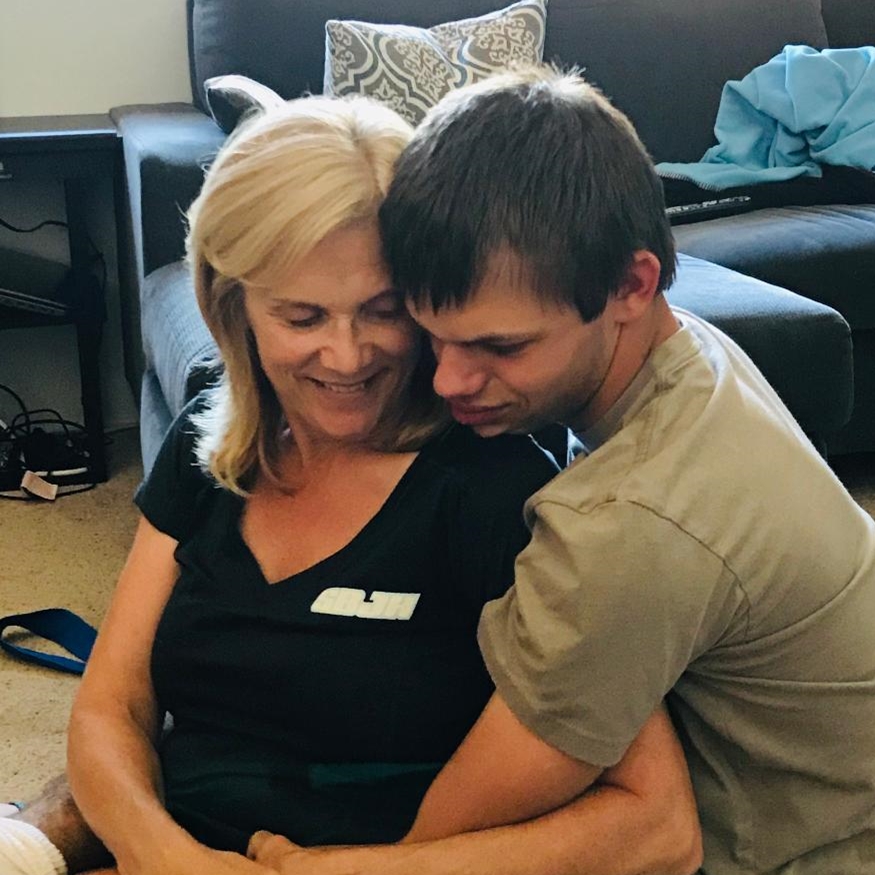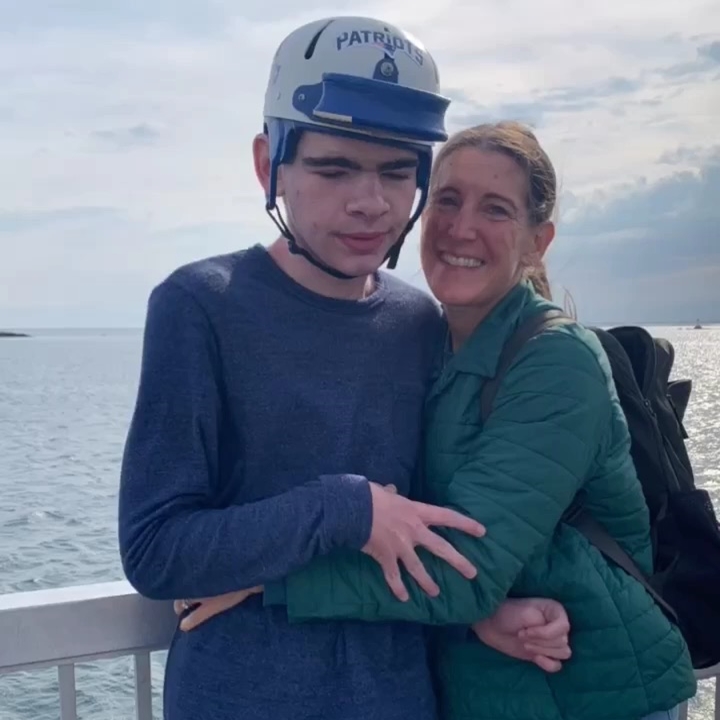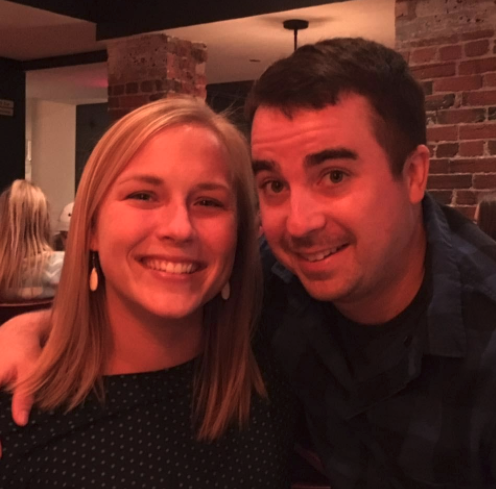Brian, a child with daily seizures, required several hospital visits, but after following multiple seizure action plans, he’s on the road to recovery.
“I follow the seizure action plan every time.”
Kim & Kai
Knowing that paramedics and ER staff will quickly understand how best to treat their daughter, Kai’s seizure action plan allows her to travel with her parents.
“The seizure action plan letter works and saves time to treatment for seizure emergencies.”
With a seizure action plan, Dan’s parents, caretakers, and emergency responders are all on the same page, resulting in fewer injuries and fewer trips to the hospital.
“We teach the team what to do, when to do it, and how to do it.”
Despite having an intuitive plan, when their son Theo had a cluster of seizures, they hesitated on how to handle the situation best.
“We didn’t have a Seizure Action Plan before, but we do now!”
Heidi
After 40 years, Heidi is learning, despite being surrounded by well-prepared family and friends, that a formal seizure action plan can save her life one day.
“A prepared seizure action plan and a willingness to ask for help may only mean carrying the comprehensive document with me on my adventures.”
For Teddy, a boy with Lennox-Gastaut Syndrome, multiple daily seizures are unavoidable, but being prepared with a seizure action plan makes all the difference.
“Seizures can be scary and unexpected, but we are ready and have a plan for it.”
Her seizure action plan helps everyone prepare for any scenario, no matter where Spencer is, keeping her away from unnecessary and risky hospital visits.
“Thankfully, I have a printout of my seizure emergency plan!”
Seizures have affected Alison for years, but sharing her action plan with her friends and family brings clarity and comfort when it's needed most.
“Others genuinely appreciate being prepared and knowing what to do should I have a seizure.”
